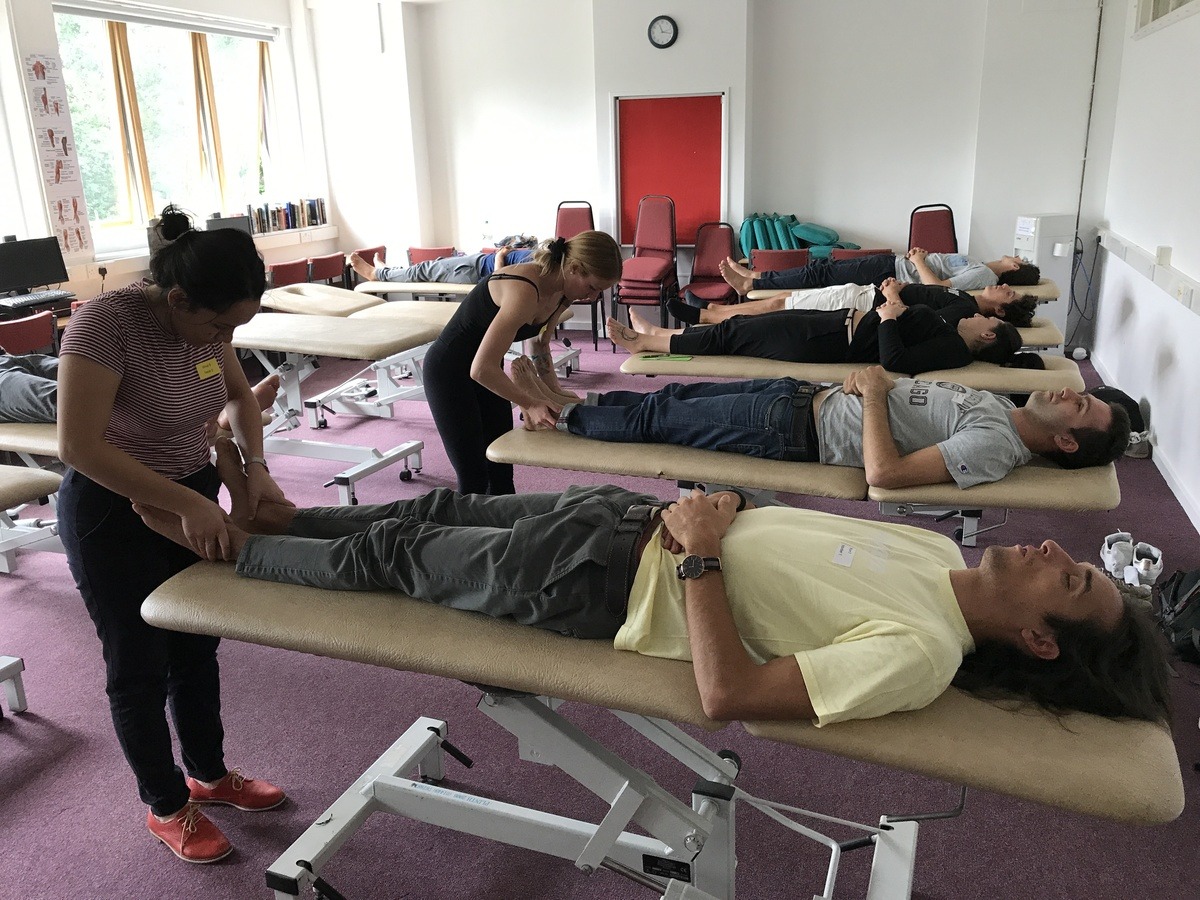Since 2016, the Centers for Disease Control and Prevention (CDC) and European guidelines have recommended manual therapy as first- line treatment for MSK ill-health. Manual therapy is an approach where Practitioners of Manual Therapy (PoMT) use hands-on data acquisition and analysis (HODA-A) as a measurement instrument for research, diagnosis, prognosis, and a tool for treatment. Yet manual therapy techniques fail all reliability studies, therefore without proof that hands-on is a valid and reliable method of data collection, this very much limits the conclusions that can be drawn from using the hands in MSK healthcare.
INTRODUCTION
HYPOTHESIS
To investigate when all proposed measurement theories for HODA-A are applied and both parallax and perspective errors (known visual perspective errors) are controlled for, how reliable and accurate is a testers HODA-A performance.
RECRUITMENT
Twenty healthy volunteers with recognised manual therapy qualifications (14 men aged 23.5 ± 8.1 years and six women aged 23 ± 0.8 years) were recruited within manual therapy learning institute. Of the volunteers, one woman aged 23 years and one man aged 32 years, both with 4 ± 0 years’ experience, were randomly allocated to be tester’s.

Passive, supine leg length discrepancy test was used, to enable a valid assessment of structure due to minimal effects of gravity and fatigue on the testee’s MSK systems (Zink & Lawson, 1979). This strategy was used to make every effort to reduce extraneous variables, and therefore the measurement of each testee’s systems would be under basal conditions. The testers were required to palpate simultaneously the testee’s left and right medial malleoli’s and provide the relative spatial parameters of the leg lengths.

Prior to any data collection, the examiner set-up each testee in all studies to meet the specific criteria that had evolved from preceding experiments. A reflective journal was kept by the examiner noting observations from the testee’s and testers during each experiment. This reflection prevented any impaired memories when recalling the experience over a longer time frame (Almeida, 2005). The examiner oversaw all experiments, journaled any events that may be of interest, and analysed the final data submitted by the tester’s.

Plinths were far enough apart that data collection from each tester was blinded to the other testers’ data. Testee’s were barefoot and laid supine on the plinth. A ‘true’ result of the test condition was known to examiner. Once the experiment began, they were instructed not to fidget, talk, chew, or look around the room. The tester stood at the caudal end of the plinth, placed both hands around the testee’s ankles, such that their thumbs were level with the medial malleoli. They were instructed to bring the testee’s legs into the midline, without tugging the legs. The testers were instructed to use all five constructs of HODA-A to identify the testee’s leg length position in millimetres, noting which leg was longer and which leg was shorter. Blinded to one another, testers completed, and submitted, a data ticket. The testers then moved to the next testee and only one round of testing was conducted.
Conclusion
Controlling parallax and perspective errors, and a tester having capacity to perform somatosensory calibration, improves HODA-A performance during a manual MSK assessment to a level of agreement that is now clinically acceptable (McHugh, 2012). This experiment has demonstrated significant improvement on chance agreement by removing the confounders that reduce HODA-A performance. Because this is the first time this level of agreement for HODA-A has been achieved, this warrants replication of this experimental methodology with a larger sample size.



0 responses on "STUDY 6"